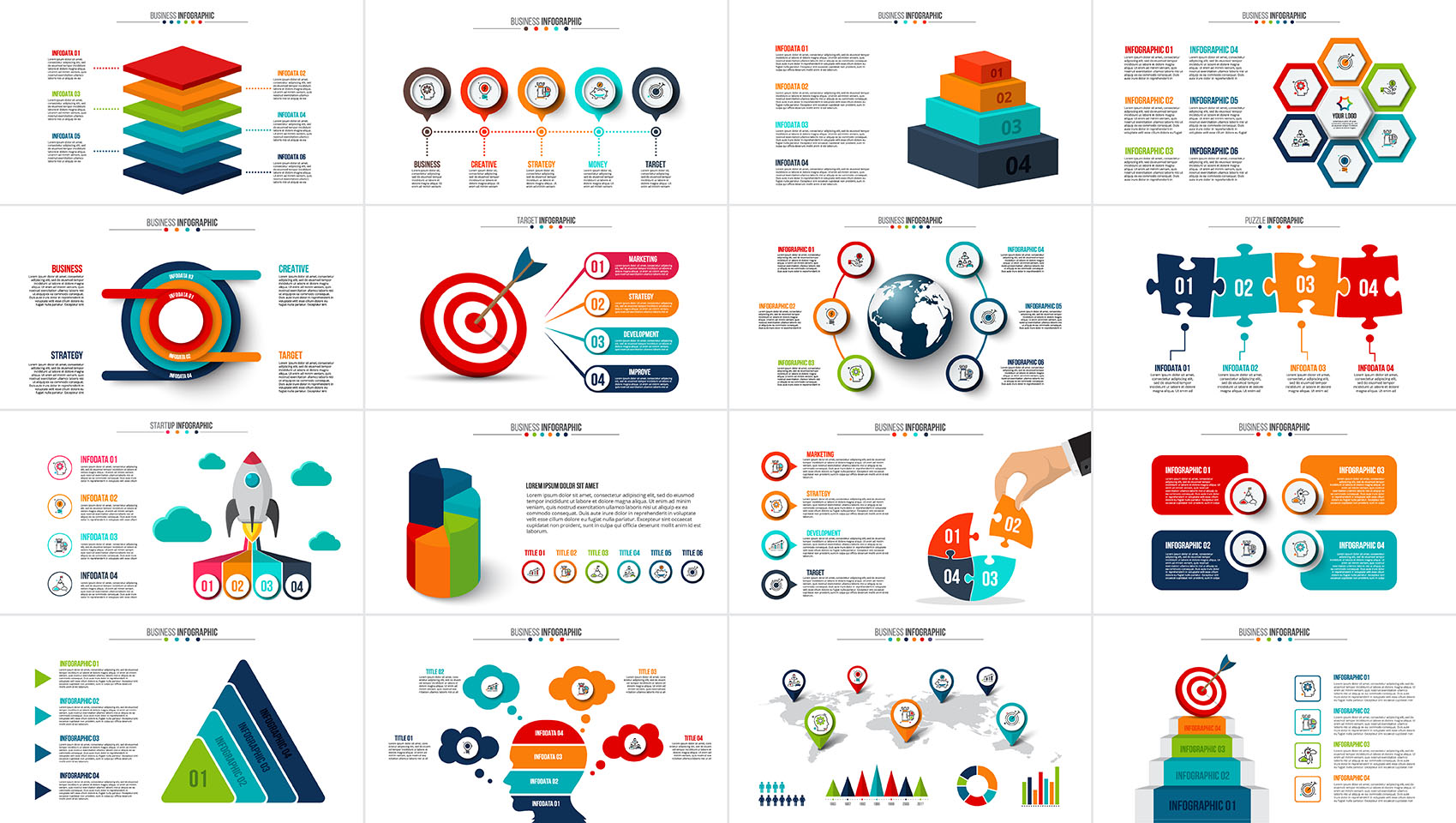
< Back
diagram
Definition
Diagrams are drawings that show how something works or looks. They are often used to explain complex concepts or to illustrate scientific processes.
Diagrams can be simple or complex, and they can be drawn by hand or created using computer software. They can be used to represent everything from the inner workings of an engine to the structure of a molecule.
Diagrams are an important tool for scientists, engineers, and other professionals who need to communicate complex ideas. They can also be used by students to learn about science and engineering concepts.
Here are some examples of diagrams:
- A circuit diagram shows how the different parts of an electrical circuit are connected together.
- A flowchart shows the steps involved in a process, such as how a computer program works.
- A molecular diagram shows the structure of a molecule, such as water or DNA.
Diagrams can be used to communicate information in a clear and concise way. They can also be used to help people visualize complex concepts.
How can the word be used?
The teacher drew a diagram on the whiteboard to explain the process of photosynthesis.

Different forms of the word
Noun: diagram (plural: diagrams).
Adjective: diagrammatic.
relating to or in the form of a diagram.
Verb: to diagram.
Etymology
The word "diagram" comes from the Greek word "diagramma", which means "to mark out" or "to draw lines". It was first used in English in the 16th century to refer to a drawing or a plan that shows the parts of something.
Question
When might you use a diagram?
AQA Science Exam Question and Answer
Question:
Explain the importance of using diagrams in scientific communication and how they enhance understanding of complex concepts. Provide examples of scientific topics where diagrams are particularly useful.
Answer:
- Diagrams play a crucial role in scientific communication by visually representing complex concepts and aiding in the comprehension of information. They offer a clear and concise way to present data, processes, and relationships between variables, making it easier for students and researchers to understand scientific principles.
- For instance, in biology, diagrams are often used to illustrate anatomical structures, such as the human heart or the cell's organelles, enhancing understanding of their functions and interactions. In physics, diagrams can visually depict vectors, electric circuits, and waveforms, simplifying the comprehension of abstract concepts.
- Chemistry utilises diagrams to represent molecular structures, chemical reactions, and bonding, making it easier to grasp complex chemical processes.
In conclusion, the use of diagrams in scientific communication is essential to enhance understanding and make complex topics more accessible. They provide a visual aid that complements textual information, making scientific concepts more comprehensible and fostering better retention of knowledge.